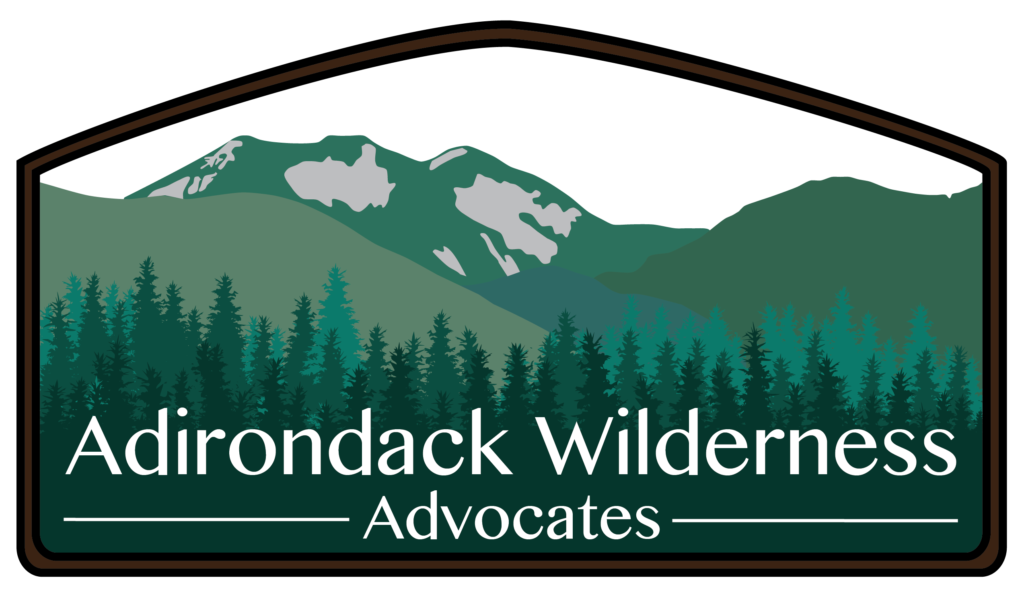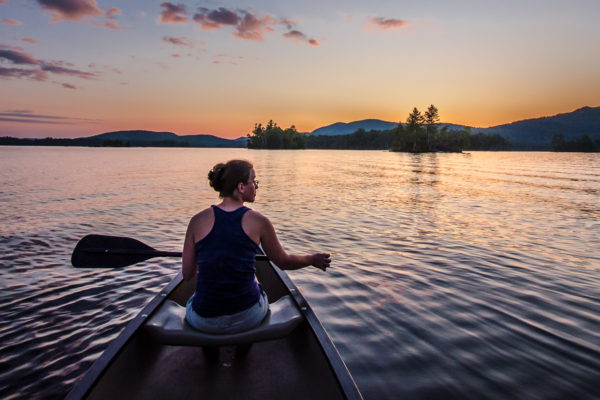My name is Janelle, and I am a wilderness advocate. If anyone knows anything about me it’s that I love wild nature. I love everything about it: from the tops of the High Peaks to my garden (yes, that is in fact a wild place, too). I love it all. Well, love isn’t a strong enough word: I crave wild places. I need them to survive. When the Boreas Ponds tract was purchased, I immediately felt drawn to the land. Wilderness preservation is an intriguing foil to the demand for motorized access. It’s often difficult to block out all the “noise” surrounding these debates over land classification, but hopefully the Adirondack wild will continue to provide solitude and serenity for those of us who, as Aldo Leopold put it, need wild places.
Wilderness Around the World
The amount of wilderness the world has lost over the last two decades is staggering — 10% in the last 20 years. Today, only 23% of the Earth’s surface is considered a true wilderness. If this declining trend continues at the same rate, we could face a world without wilderness very soon. That scares me. And that’s why I’m advocating for wilderness at the Boreas Ponds tract. Boreas Ponds possibly represents the last chance we have in the Adirondacks to designate a large chunk of land (over 20,000 acres) as wilderness.
Wilderness in the Adirondacks
Using the State Land Master Plan and the Wilderness Act of 1964 as our guiding documents, we define wilderness as being untrammeled by man. Man is literally written out of the definition of wilderness. This poses an interesting dilemma in the Boreas Ponds tract because there are roads (signs of human presence) within the tract. Roads are a part of the Adirondack forest and throughout the Park some roads are ultimately being reclaimed by nature. Many wilderness areas that currently exist within the Park were once logged and crisscrossed with miles of forest roads. Indeed, the Adirondack Park was created in the wake of intense environmental destruction. Roads and other signs of man have not precluded wildernesses in other areas of the Park. Why should Boreas be treated any differently?
Recovery is the wilderness narrative of the Adirondacks. And “Forever Wild” is our charismatic slogan.
Well, I guess slogan probably isn’t the best word. “Forever Wild” is the very definition of public land in the Adirondacks. It’s the essence of what it means to be Adirondack. It’s ultimate protection. It’s forever…. it’s wild.
Recovery
We can examine and interpret the State Land Master Plan all day but there is one constant that no one can argue with: by definition, man cannot dominate the landscape in wilderness. Allowing a road or dam to revert to a more natural state reinforces that premise. It shows how nature is dominate over man. If left to nature, mosses and then eventually trees will regain the land. We can already see this on some roads within the Boreas Ponds tract. A road, as we know it, will only stay a road if it’s maintained.
I’d like to reiterate Aldo Leopold again here: “I’m glad I will not be young in a future without wilderness.” At a relatively young age, I discovered Adirondack wilderness. It opened my eyes and replenished my soul. I hope that future generations have the same opportunity. The different roads and paths we take in life lead to new experiences and help us find ourselves. On different roads Jack Kerouac found opportunity and adventure, Wallace Stegner found freedom, and Bilbo Baggins (via J.R.R. Tolkien, of course) realized that roads do indeed go ever on and on. If we allow the roads of Boreas Ponds to return to nature I suspect, we’ll find something similar.
Our Adirondack predecessors had the foresight to protect Adirondack lands, today it’s up to us to continue that tradition. By classifying Boreas as wilderness, we can prove to the entire world that there’s still time to protect the wild places on this planet in a way that will truly have a lasting impact. If you support a full Wilderness classification for the Boreas Ponds tract, please send a letter to the Adirondack Park Agency to share your opinion. You can use our online form letter or email classificationcomments@apa.ny.gov. Public comments will be accepted until December 30th, 2016.



